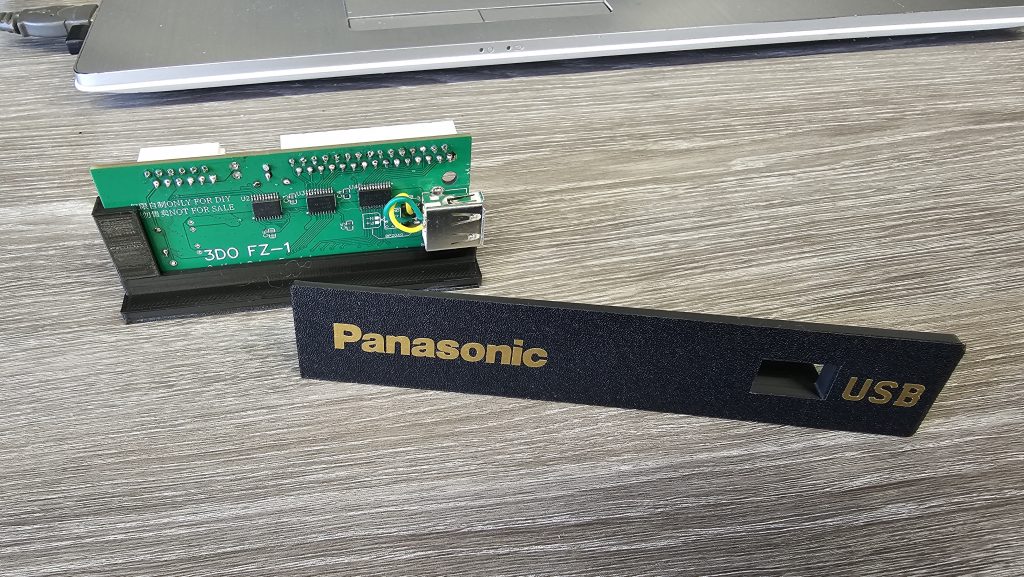As anyone who has looked through this website is probably aware, I like to modify my old hardware to add modern features to them, especially when it comes to loading games.
I have several “Everdrive” type devices connected to my cartridge consoles and many ODE (Optical Drive Emualtors) for my disc-based consoles such as the PlayStation and Dreamcast.
One console that has been missing a solution for me though has been the 3DO FZ-1. There are a few different options available on the market for this console, but mostly, they cost upwards of £200. This is obviously cheaper than buying all the original games, but the 3DO didn’t exactly have an amazing software lineup so I struggled to justify the initial outlay.
That is until I discovered an open-source project for a 3DO ODE named SataTo3DO which uses the Raspberry Pi Pico to do all the hard work. Whilst reading up on this I also discovered a remix of it which was a more compact design using some surface mount components which can be found here.
I quick visit to JLPCB and RS-Components, and the parts were all on their way to me. Whilst waiting, I also decided to 3D print a front panel for the console allowing me to fit a USB connector to the front without destroying the original console and trying to keep the original aesthetic.

All together the ODE cost me around £20 to put together and has so far played everything I have thrown at it. It is also another great usage of the Pi Pico which is seeing itself used in more and more retro projects recently.
Hopefully, in the future, we will see more open-source projects coming along for this type of use case. An open-source Sega Saturn ODE would be next on my wish list 🙂
Anyway, I will leave you all with a picture of the console re-assembled. I think it turned out quite well.


A neat and extremely economical solution. I installed a Pico in my GameCube recently. It’s a great device.
i have one of these i have installed the ode card identicle to yours but cannot get it to load any games at all only flashing lights i hadd no instructions on how to use it
any help appreciated
Sorry for the delay in my reply. I’ve had a busy few months.
I initially had the same issue as you and it ended up being the USB stick I was using, I even tried a different USB stick and it didn’t work so I almost ruled it out as the issue, but then I tried a little MicroSD to USB adapter and it all worked perfectly.
It seems this ODE is really picky about what type of USB stick is used. So just keep trying different ones until it works.
If I remember correctly it needs to be formatted as FAT32 and you need to have the boot.iso file in the root of the stick.